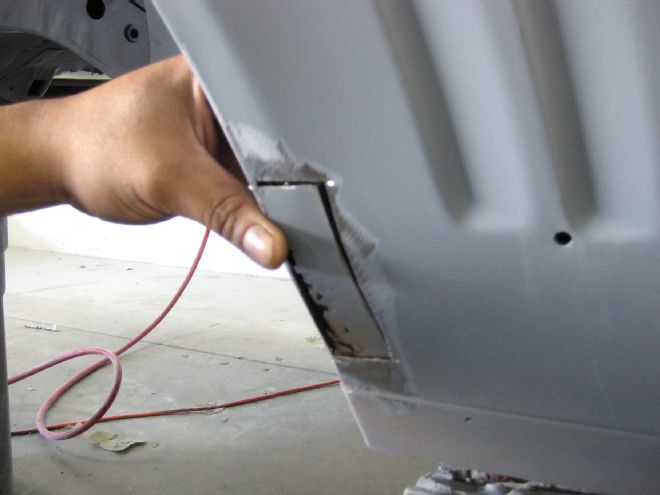
Our classic cars are cool, but classic is really just a fancy word for old, and old cars often suffer the effects of Mother Nature. The most common affliction is rust. After all, nobody back in the 1960s ever thought these cars would still be around after 50 years. But fixing rust and body rot is a pretty straightforward operation. All you need are some cutting and grinding tools, a few supplies (weld-through primer, welding wire, etc), and the welder of your choice. If you haven’t done this much, then we would suggest practicing on an old fender and proceeding slowly until you get more confident in your welding skills. In fact, practicing on old fenders and body parts is a great way to get good, really fast, without risking mistakes on your precious ride.
And yeah, you could pay a bodyshop to do these minor repairs, but at $75 an hour even a small job can end up costing you hundreds. And unlike a major repair, like replacing a quarter-panel, doing these small patch panels is hard to mess up if you’re reasonably skilled and you take your time. So, follow along as we ditch a small spot of rust on an otherwise pristine 1969 Camaro.
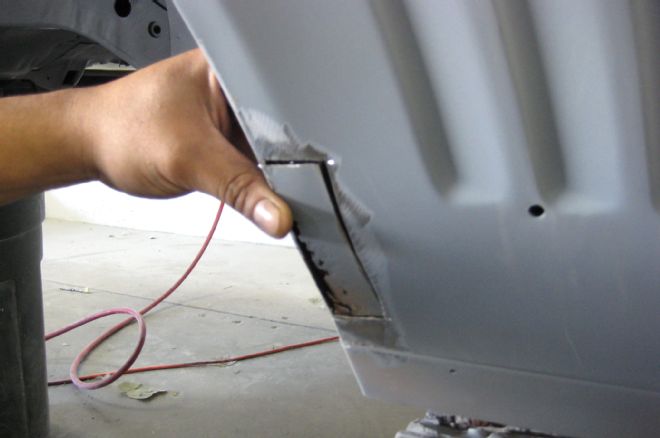
01. The first thing to do is carefully cut away the rusted-out area. Make sure not to cut through the underlying metal structure.
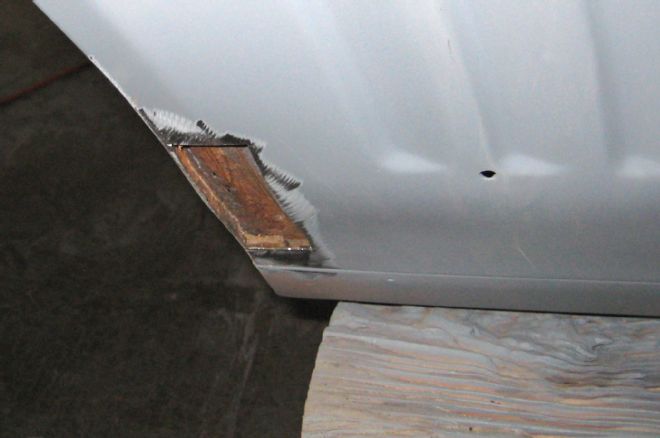
02. This should be the result with the bad part of the panel removed.
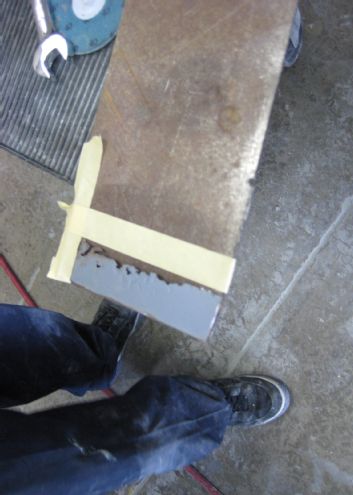
03. Lay the removed section on a piece of fresh steel and trace the outline.
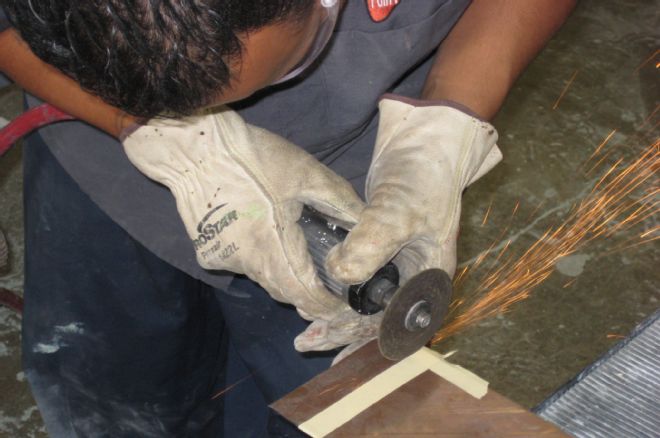
04. You can then cut out the replacement patch panel. It’s OK to cut it a tiny bit on the big side since it can be ground down to fit perfectly later on.
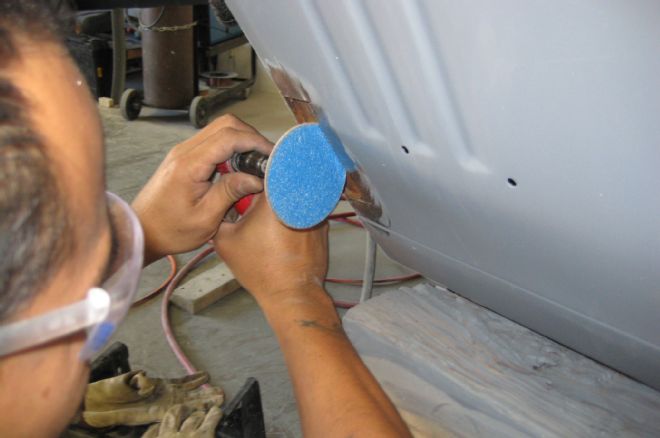
05. Use a grinding wheel to clean up the edges and to remove old paint prior to welding.
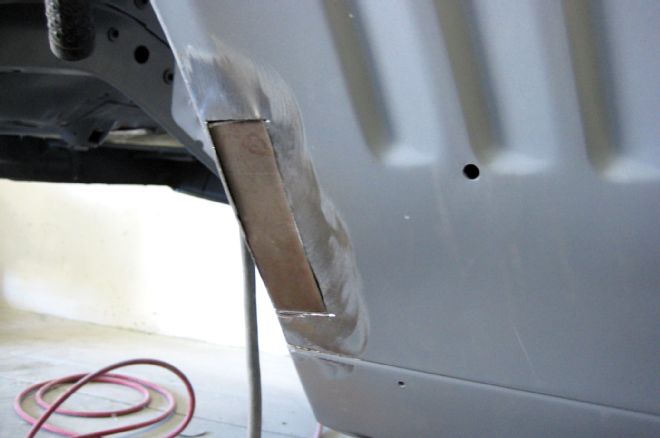
06. The new patch panel should fit inside, and butt up to the edges of the hole.
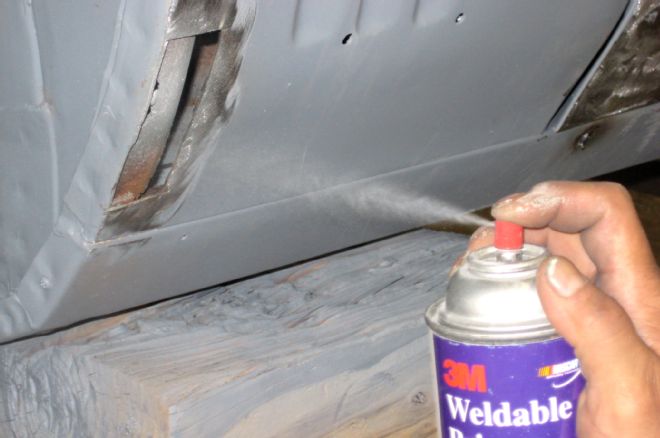
07. To protect the underlying metal, we like to give the area a coating of a weld-through type primer from 3M or Eastwood.
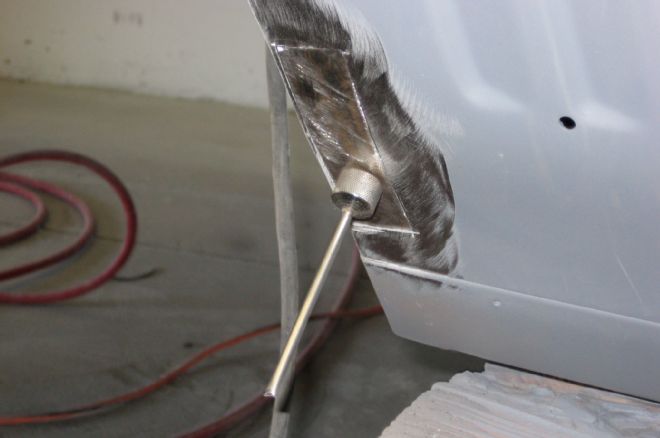
08. With the area prepped, use a magnet to hold the new patch panel in place.
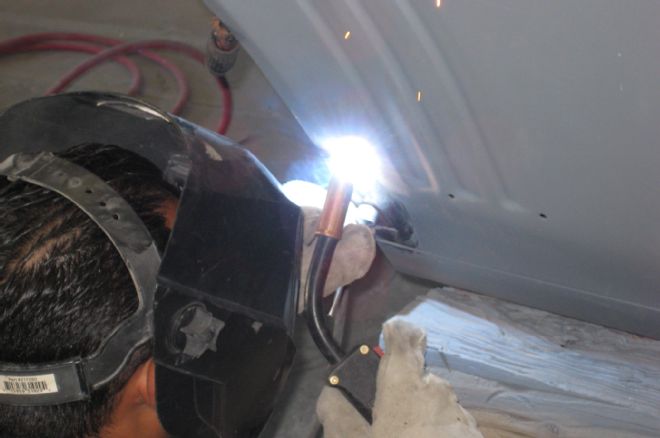
09. You can then bust out your trusty MIG welder and stitch the new panel in place.
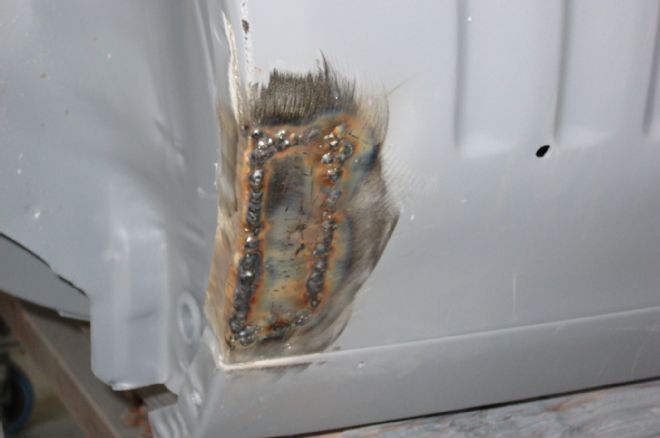
10. The welded-in patch is now ready to be ground down and bodyworked.